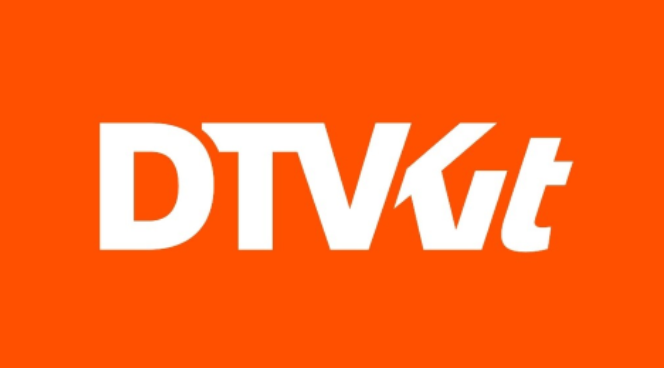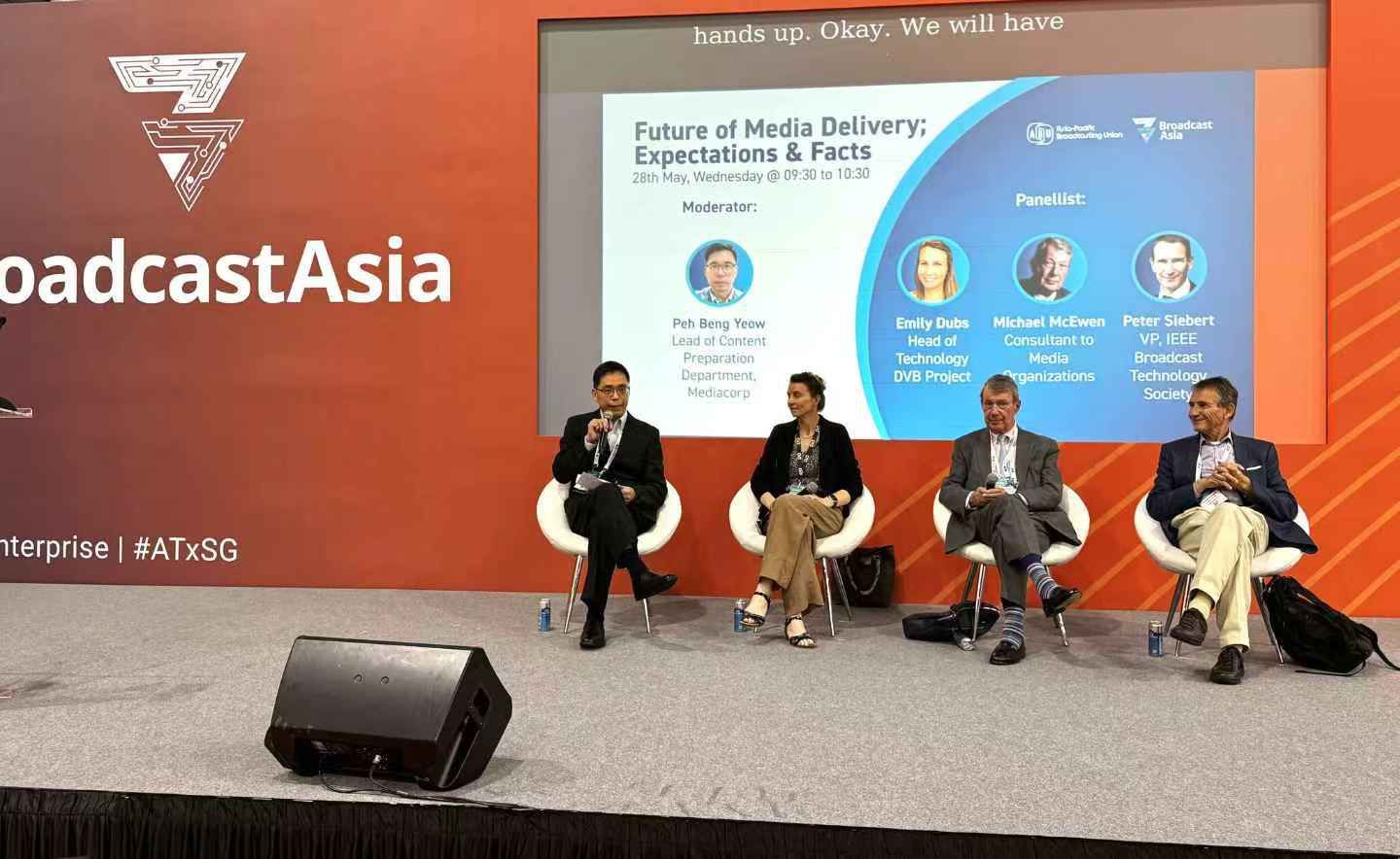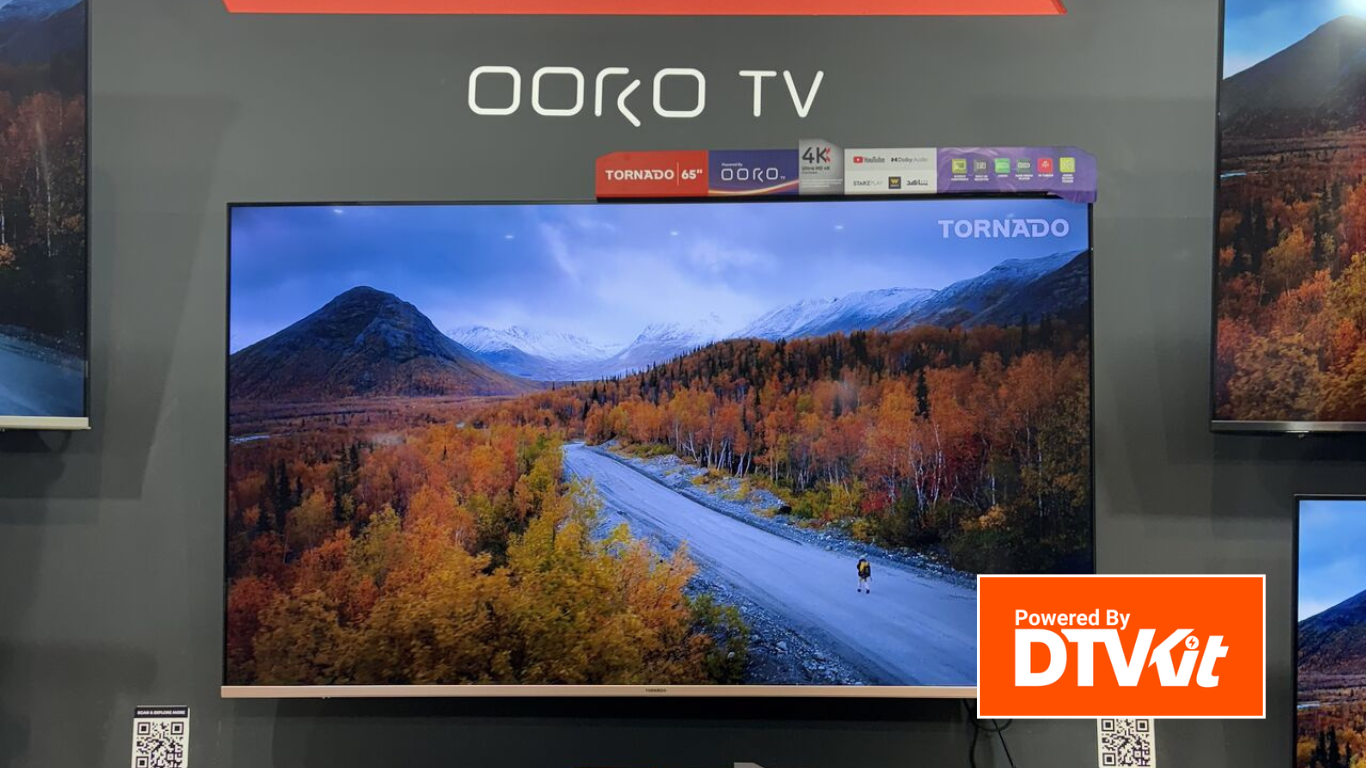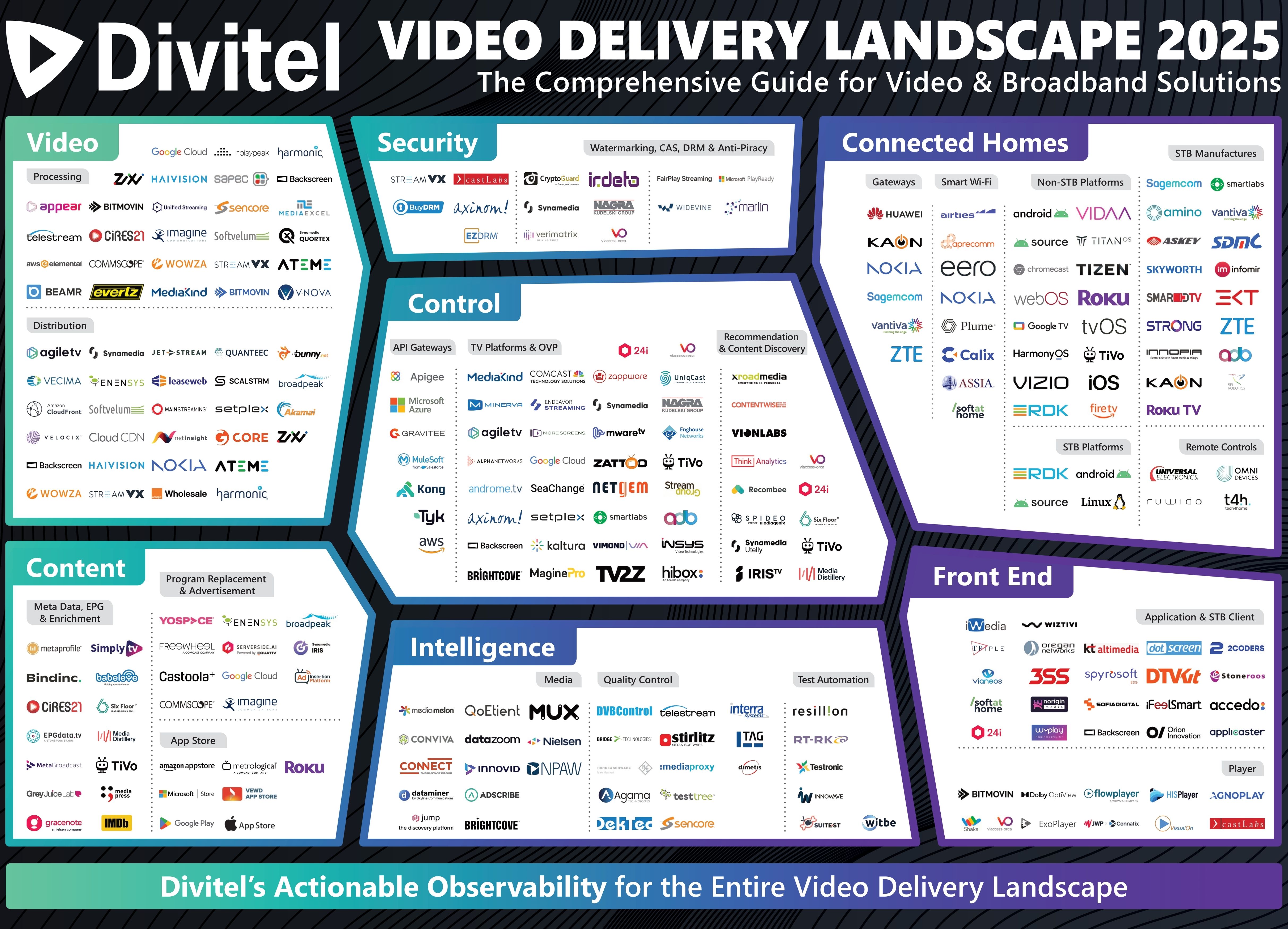As the broadcast and media landscape continues to evolve, conversations around the future of content delivery are more relevant than ever. At this year’s BroadcastAsia 2025, the Asia-Pacific Broadcasting Union (ABU) hosted a timely workshop focused on how the industry can adapt to changing infrastructures while preserving accessibility and public service value.
Victoria Tsai, Global Sales Director attended the session and shared key highlights from the event. Moderated by Mr. Peh Beng Yeow (Mediacorp), the discussion brought together thought leaders from across the industry to examine the challenges and opportunities of modern media delivery.
Transitioning from Traditional Broadcast to Telecom Infrastructure
Dr. Peter Siebert (IEEE) highlighted a clear shift in the industry. Media delivery is moving away from traditional broadcast infrastructure and toward more flexible telecom networks. This transition is driven by the need to reduce costs, support multi-platform consumption, and meet the growing demand for IP-based content delivery.
As Victoria noted, this shift reflects a broader industry trend. Manufacturers and service providers are increasingly seeking modular, scalable systems that can support both legacy standards and future-facing solutions.
Safeguarding Public Interest in a Changing Landscape
Michael McEwen raised concerns about an over-reliance on commercial telecom networks. He emphasised the need to preserve free-to-air access and ensure public broadcasters can continue to fulfil their role in emergency communication and community access.
Victoria observed that this point reinforces the importance of diversity in delivery infrastructure. A balanced ecosystem helps protect public interest, especially in regions where broadcast remains the most reliable form of access.
Embracing a Hybrid Approach
Emily Dubs (DVB Project) advocated for a hybrid delivery model that combines broadcast, telecom, and IP-based systems. This approach enhances resilience, ensures adaptability across different markets, and reduces dependency on a single infrastructure path.
This hybrid mindset aligns closely with how DTVKit approaches media delivery. Standards-based systems that are flexible and interoperable are essential to building future-ready solutions.
DTVKit’s Position in a Hybrid Media Future
The themes covered in the workshop strongly reflect DTVKit’s mission. As a not-for-profit organisation, DTVKit offers a complete, royalty-free middleware stack that supports DVB and ATSC standards. This includes DVB-T/T2, S/S2, C, HbbTV, CI Plus, DVB-NIP, and ATSC 1.0 and 3.0.
Our software is available across Linux, Android TV, and RDK, making it suitable for hybrid and IP-based deployments. With a membership-based model, companies gain full source code access with no per-device royalties, enabling rapid, cost-effective development and integration.
This approach is especially valuable for chipset vendors and STB manufacturers looking to support emerging standards such as DVB-NIP and ATSC 3.0. It directly responds to the industry’s call for scalable, future-proof solutions.
Looking Ahead
As Victoria noted, the workshop made it clear that the future of media delivery will not be defined by a single infrastructure model. Instead, the path forward lies in creating adaptable, standards-aligned systems that meet a wide range of user needs and regional requirements.
At DTVKit, we are proud to support this shift by providing open, interoperable technology that empowers manufacturers to innovate without compromise.
Source: abu.org






